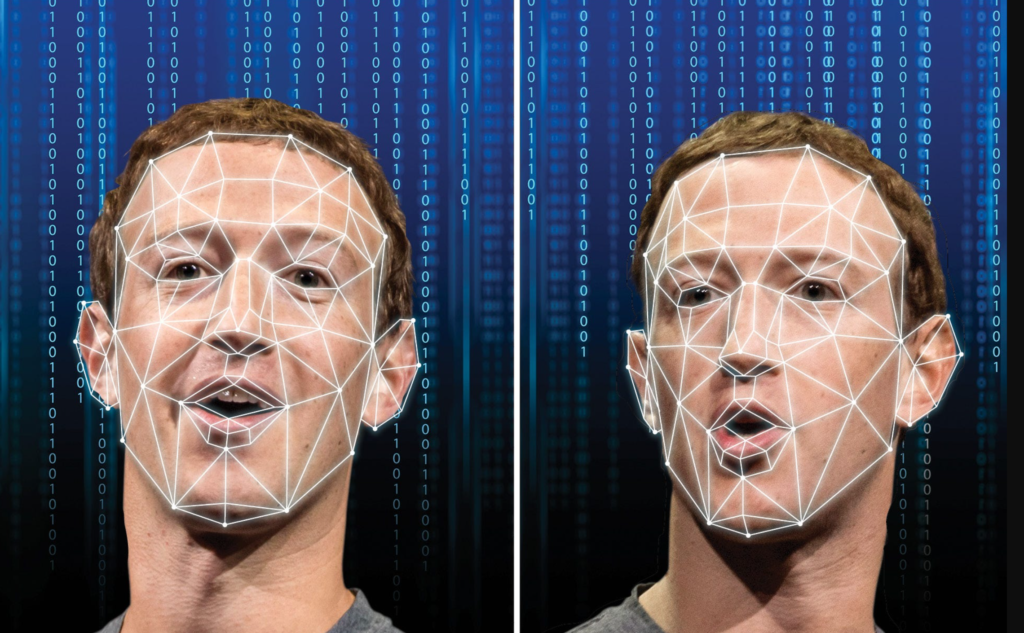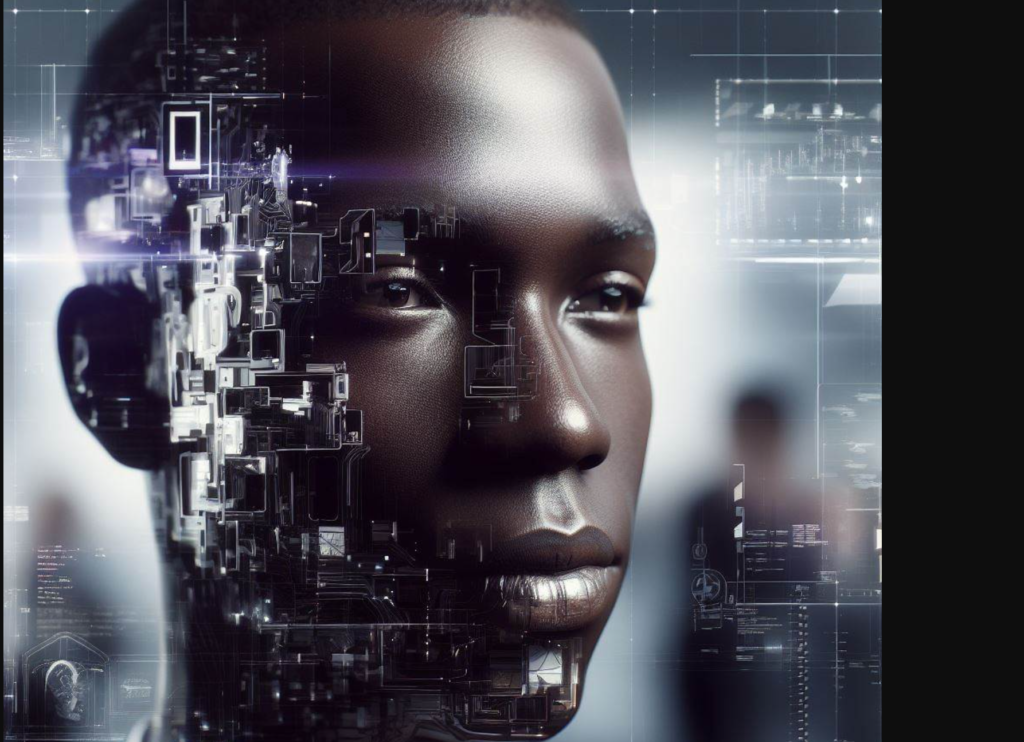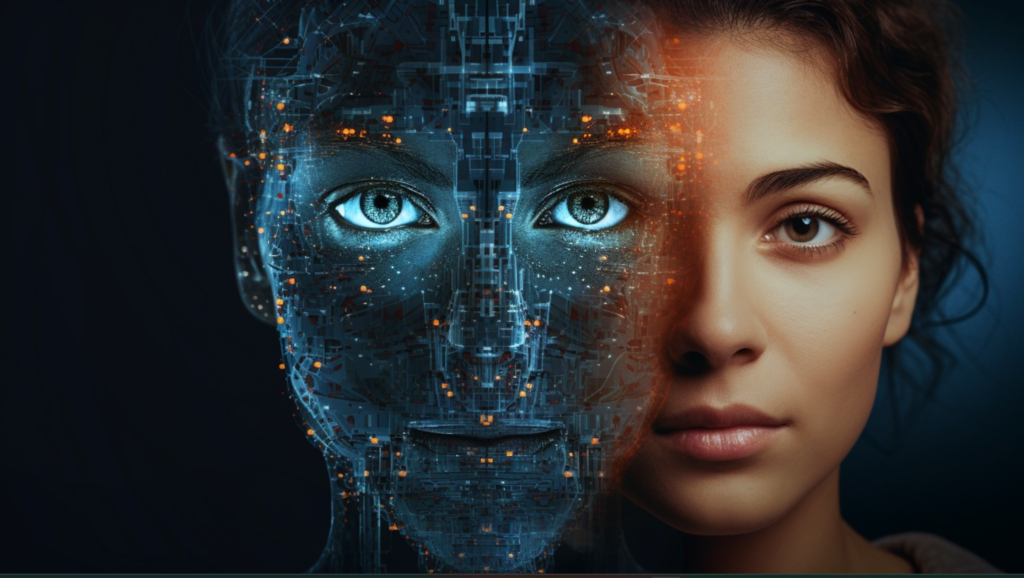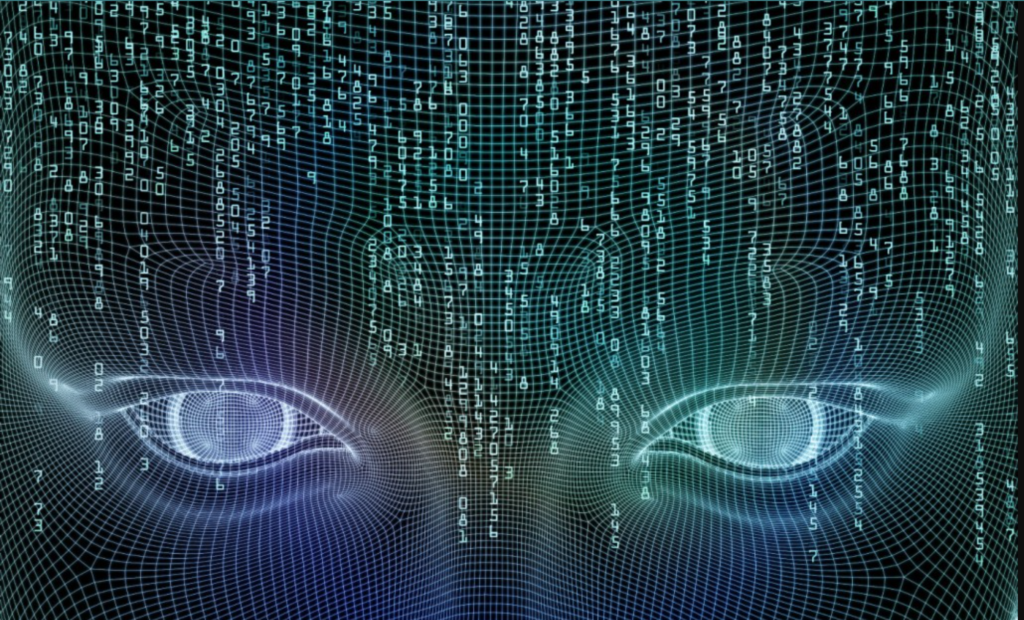Introduction
Deepfake technology, driven by the advancements in artificial intelligence, has revolutionized the world of digital media. In recent years, it has emerged as a double-edged sword, offering creative possibilities in the entertainment industry but also raising ethical and security concerns. The case involving actress Rashmika Mandana is an example of how deepfake technology can be misused to impersonate public figures, highlighting the need for vigilance and safeguards in the era of digital deception.
Understanding Deepfake Technology

Deepfakes are AI-generated media, typically involving manipulated videos or audio recordings, where a person’s likeness and voice can be convincingly replaced with someone else’s. These sophisticated algorithms use machine learning to map the facial expressions and voice patterns of the target individual onto another, creating highly realistic but entirely fabricated content.
Also read : Double Entanglement: A Glimpse Into Quantum Physics’ Intriguing Phenomenon
The Rashmika Mandana Incident
Actress Rashmika Mandana, known for her work in Indian cinema, found herself at the center of a controversy when a deepfake video emerged online. The video appeared to feature Rashmika engaged in a conversation with a controversial political figure, discussing sensitive topics. The video, however, was entirely fabricated, and Rashmika had no involvement in its creation.
The Impact on Individuals and Society
The Rashmika Mandana incident underscores the potential harm deepfakes can inflict on both public figures and society as a whole. Deepfake videos can be used to spread misinformation, manipulate public opinion, and damage reputations. In this case, the actress’s image was exploited for malicious purposes, leading to a public outcry and concerns about the broader implications of deepfake technology.
Legal and Ethical Challenges

As deepfake technology advances, it outpaces the legal and ethical frameworks in place to combat its misuse. Laws and regulations regarding the creation and dissemination of deepfakes are still evolving, making it difficult to prosecute those responsible for such content. The ethical dilemma lies in balancing freedom of expression and creativity with the potential for harm and deception.
Mitigating the Impact of Deepfakes
Mitigating the impact of deepfakes requires a multifaceted approach:
- Awareness and Education: Individuals need to be educated about the existence and potential consequences of deepfake technology.
- Technology Solutions: Researchers are developing tools to detect and authenticate media content to identify potential deepfakes.
- Legal Measures: Governments and legal authorities must adapt existing laws to address the creation and dissemination of deepfakes, especially when they cause harm.
- Media Literacy: Promoting media literacy can help individuals critically assess the authenticity of content they encounter online.
- Transparency: Platforms and media organizations should be transparent about their content creation and editing processes
Raising Awareness and Vigilance

In the wake of the Rashmika Mandana deepfake incident, there has been a notable increase in awareness regarding the potential dangers of deepfake technology. Public figures and organizations are actively speaking out against the misuse of this technology, emphasizing the need for vigilance and fact-checking in the digital age.
Collaboration Across Sectors
Combatting deepfakes requires a collaborative effort from technology companies, governments, law enforcement, and civil society. Technological advancements for detecting and preventing deepfakes are essential, but legal frameworks and regulations must keep pace with the rapidly evolving landscape of digital manipulation.
The Responsibility of Tech Companies

Tech companies, particularly social media platforms and content-sharing websites, play a significant role in preventing the spread of deepfake content. They must take proactive measures to identify and remove deepfake material, while also implementing strategies to verify the authenticity of content shared on their platforms.
Empowering Individuals
Media literacy is a crucial tool in the fight against deepfakes. Teaching individuals how to critically evaluate information, assess the credibility of sources, and recognize potential signs of manipulation can help protect against the impact of deepfake content.
Future Challenges and Solutions

As deepfake technology becomes more accessible and sophisticated, the challenges of countering its negative effects will persist. However, researchers are continually developing new techniques to detect and combat deepfakes. Machine learning algorithms are being trained to identify inconsistencies in manipulated content, and forensic tools are being refined to verify the authenticity of videos and audio recordings.
The Rashmika Mandana case is a stark reminder that the age of digital deception is upon us. While the potential for creative and beneficial applications of AI and deepfake technology is immense, it is equally essential to remain vigilant and prepared for the challenges it poses. By fostering a culture of responsible technology use, collaboration between stakeholders, and the continued advancement of detection methods, we can strive to mitigate the harm caused by deepfakes and ensure that the digital landscape remains a place of trust and authenticity.
Also read : The Unseen Shadows: Can Air Cast Invisible Silhouettes




































